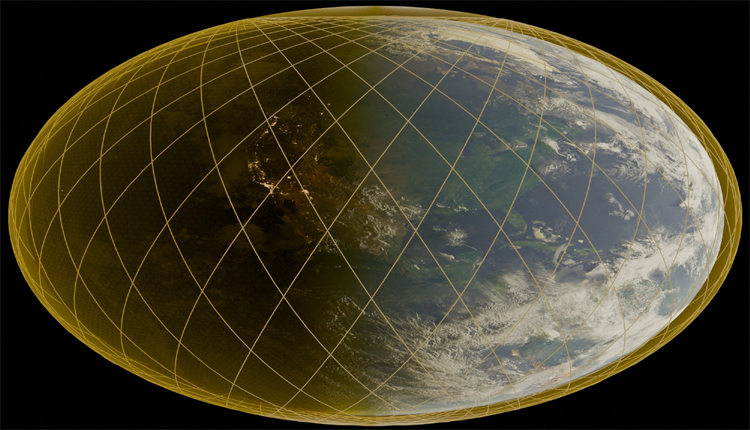New Delhi: US defence giant Lockheed Martin has announced that it aims to conduct a full‑scale space‑based test of its next‑generation missile defence system, dubbed Golden Dome, by the year 2028.
According to the company’s CEO, Jim Taiclet, this will not simply be a lab trial but a true on‑orbit demonstration of an operational interceptor that can track and destroy a missile in flight.
Golden Dome is being developed to provide an expanded defence architecture that spans land, sea, and space with a particular focus on neutralising ballistic and hypersonic missiles during the boost and midcourse phases of their flight.
At the heart of the plan is a network built around satellites and high‑altitude sensors tied into real‑time command‑and‑control systems. One primary goal: intercepting a missile before it can release warheads or decoys and threaten US territory.
Defence analysts note that such an ambitious plan comes with strict technical, logistical, and financial hurdles. Some point to the challenge of achieving coverage with enough interceptors in orbit, while others argue the costs could run into the hundreds of billions of dollars.
Nevertheless, Lockheed Martin is moving ahead, shifting its research‑and‑development emphasis from merely demonstrators to full‑scale prototypes with the intention of fielding elements of the Golden Dome system within the next few years.
The emergence of this program signals a broader shift in US defence strategy, recognising that future missile threats may well decide the battlefield and national survival — not just on the ground or at sea, but from orbit.


